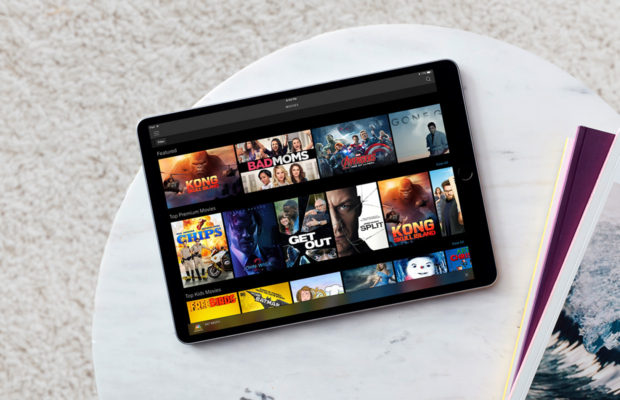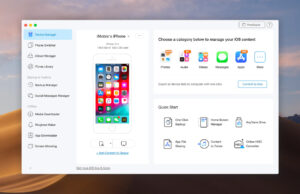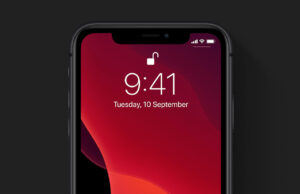Xfinity Product Review

Xfinity is the brand name for all of Comcast’s consumer telecommunication services. It encompasses Internet access, VoIP phone service, HD cable television, mobile services, and home security products, delivered via the fiber and copper coaxial connections to the home. Most of these product offerings are modular – that is, consumers can choose to add or remove services as desired, and most services require equipment from the company in order to work (e.g., modem for Internet, set-top-box for television, and so forth). In this guide, we’ll examine Xfinity’s product offerings, general consumer reviews of these products, and touch on some third-party services or devices which can add value to the user experience.
Xfinity Internet Service
The Xfinity Internet service is one of the main products available from Comcast. It is most often paired with the Xfinity Cable TV service, but is available as a stand-alone product, or bundled with other services as well. While not available in all areas of the US, Xfinity provides a number of subscription tiers for Internet service, based on the bandwidth needs of customers.
At the moment, these tiers include:
- Up to 60 Mbps
- 60 to 100 Mbps
- 100 to 150 Mbps
- 150 to 250 Mbps
- 250 to 1,000 Mbps
As with most internet providers, actual speed may vary and is governed by physical availability of various fiber connection types in each region of the service territory. Speed is not really an issue for most consumers, with reviews showing, on the whole, that speeds are comparable to what is advertised, and available from other providers. Uptime is fairly consistent with industry standards as well, though slightly above average rates in some areas.
The biggest concerns that many users have about the Xfinity Internet service is that there have been multiple instances of the company throttling users’ connection speeds. Both video streaming via services such as Netflix, as well as peer-to-peer files sharing traffic have been noticeably slowed for many users (and the subject of various lawsuits filed by aggrieved consumers). This is problematic for many consumers, as artificial decreases of their speeds for these bandwidth-intensive applications can negate the entire purpose for choosing a higher-bandwidth plan in the first place.
Fortunately, there is a solution – consumers can use a VPN service. VPNs offer security, anonymity, and privacy for consumers, by encrypting their Internet traffic and routing it to a server from the VPN provider. There, it’s decrypted, and passed on to its ultimate destination. The destination server sees the IP address of the VPN server, not your true IP, so you are kept anonymous and secure. At the same time, because of the encryption, neither government watchdogs or Comcast can tell what you are doing online – just that you’re transmitting data back and forth. They can’t identify if that data is peer-to-peer file sharing, video streaming, or anything – it just looks like encrypted gibberish to them. Many consumers have found this a reasonable way to deal with the bandwidth throttling issues with Comcast, and chosen a quality VPN from one of the many Xfinity VPN service providers that are available.
Xfinity Cable TV Service
The Xfinity cable TV service offers a full range of HD channels, comparable to many similar national competitors, with various themed packages available, alongside premium pay channels, free and pay-on-demand programming, and similar. These services usually require a cable box, which acts as both a receiver/decoder for the cable signal and a digital video recorder (DVR), and may have 2 or more tuners inside for recording and watching multiple programs at the same time. This is all fairly standard with other major cable TV service providers.

Additionally, the X1 service, the latest iteration of the cable TV service, is available. This service features the latest cable box running on the next generation of software, with as many as 6 tuners inside, expanded DVR capacity, and a voice-activated remote control. Of course, this typically comes at an extra monthly cost (doesn’t everything?).
Most consumers are generally happy with the reliability of their television service, as well as the package offerings that are available. However, the cost is often cited as the main negative, as with most cable TV providers these days. Even without premium/pay channels, a bill in excess of $100/month for cable TV service alone is not uncommon. Additionally, customer service has been cited as being quite difficult to deal with and a relatively unpleasant experience for most consumers.
Other Xfinity Services
In addition to the cable TV and Internet services offered through the Xfinity brand, still more products are available on an a la carte or package basis, including a home phone line (via VoIP, usually run through the same cable modem/router as the Internet service uses), home security and automation services, and limited mobile services and public WiFi in some areas. Pricing and availability on these services may vary considerably, based on region, selected options, and so forth.

However, for consumers looking for alternatives or value-added services, these offerings are fairly standard, with decent reviews, solid performance, and average pricing. They encompass the same categories that most other major cable TV providers have embraced in recent years. The biggest complaint from consumers regarding these extra services seems to be in the area of customer service, receiving low scores almost across-the-board in third-party reviews. Recently, in an effort to improve customer service, the company has begun offering guaranteed 2-hour appointment windows, and a $20 statement credit if they miss that window.
Conclusion
Comcast, through the Xfinity product line, offers a fairly standard range of cable TV, Internet, and related services to consumers across their varied service territory in the US. Many of these services offer several tiers of options to suit differing budgets and needs. While the higher-tier Internet speeds are good, and cable packages generally comparable to other providers, they do come at a cost.
At the same time, with credible allegations of throttling of video streaming and peer-to-peer file sharing, users of Xfinity Internet services may need to shell out a little extra cash each month for a VPN service, in order to realize the full speeds that they should be getting out of their connection by default. Other services from Xfinity are fairly standard and comparable to what most other cable and Internet providers are offering today.
The biggest complaints across the board for Comcast’s Xfinity line involve poor customer service, and that higher-tier services are a bit expensive.













 © 2024
© 2024
0 comments